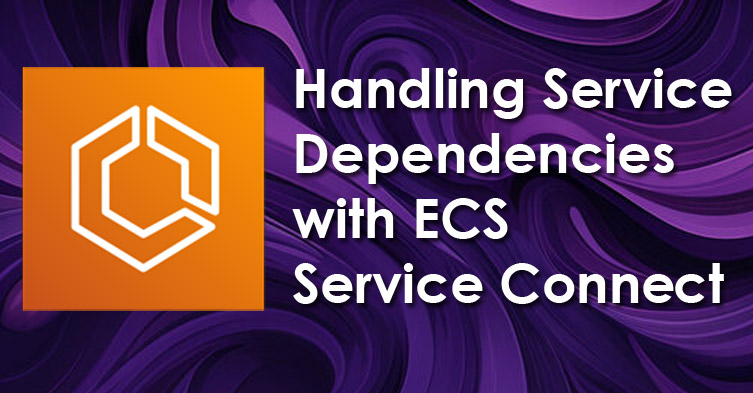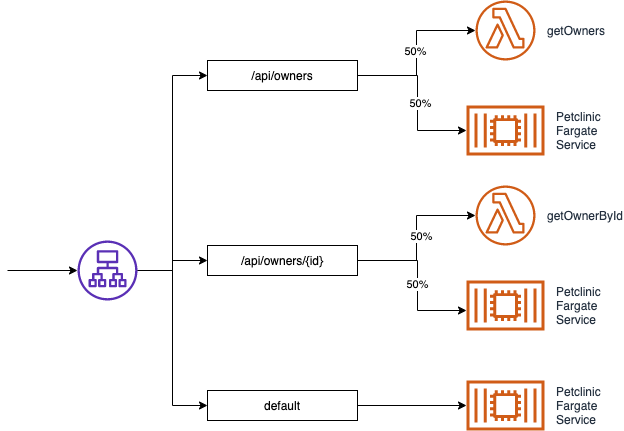Reproduce the scenario with my CDK example: https://github.com/foyst/ecs-service-connect-dependencies I’ve been working on a project recently that made use of AWS Elastic Container Service (ECS) Service Connect. Since I last used ECS they’ve introduced capabilities around service discovery which aim to solve challenges orchestrating services in distributed and fluid environments. ECS Service Connect is different to Service Discovery, in that it still uses AWS Cloud Map under the hood as a service catalogue, but uses API based discovery rather than DNS. This means it’s quicker for it to detect outages to applications and update service entries as necessary. It’s kinda like...
Continue reading...Programming
Building an E-Ink Planner
Update – 06/12/2022: I’ve included a section at the top to track “Daily Habits”. I find this useful to keep on top of those daily tasks that aim to improve my skills. I use Todoist for this list as well (with recurring tasks), but managed using a separate project and an “Overdue” filter to only show the ones not completed for that day. Intro I wanted a high-tech alternative to the age old post-it note to do list, but I wanted something that’s energy efficient, clear and easy on the eyes. I also wanted something that was standalone from my monitors as...
Continue reading...From Spring Boot Microservices to Lambda functions – a journey
You may be one of many organisations (or an engineer in one) that operates Java microservices in the cloud with a desire to move towards a serverless architecture, but are unable to justify the steep migration path (e.g. decomposing your services into functions, rewriting in a more suitable language etc.) from those microservices to the likes of AWS Lambda. But fear not! Because with the help of spring-cloud-function you can repurpose your existing microservices into serverless functions in a gradual and controlled manner, with minimal effort or interruption of service. In this article I’ll explain how you can achieve this...
Continue reading...Reactive Kafka + Slow Consumers = Diagnosis Nightmare
Recently I’ve been working with the combination of Reactive Streams (in the form of Akka Streams) and Kafka, as it’s a good fit for some of the systems we’re building at work. I hope it’ll be beneficial to others to share a particular nuance I discovered whilst working with this combintion, in particular a problem with slow downstream consumers. To give a brief overview, we were taking messages from a Kafka topic and then sending them as the body of http post requests. This was working fine for the majority of the time, as we only get a message every...
Continue reading...Road to Continuous Deployment Part 1 – Performance Testing
The next set of Articles are documenting a presentation I’m working on to demonstrate Continuous Delivery, and how in a world where CD is desired, it’s becoming increasingly important for the appropriate level of testing to happen. I’ll be breaking them down to tackle one topic at a time, finally building up to a full demo on how I feel CD can work. Firstly, I’m going to start with a problem CI/CD can address – Performance Testing. Not so much on how to performance test or how CI/CD can build systems that don’t require it, but how a continuous delivery pipeline...
Continue reading...Monitoring Solutions for Scakka Applications
Over the past few days I have been looking into monitoring Scala and Akka applications, as a number of new integration projects at work are using this framework. Scakka is designed to allow easy building of concurrent applications, and is a great middle-ground for transitioning from OOP to a functional-based approach. The choices within this first investigation were between AppDynamics and a combination of Kamon, StatsD, Graphite and Graphana. So what are the two: AppDynamics (http://www.appdynamics.com): An Application Performance Management tool, capable of providing detailed analytics of a system, not just for the JVM but a variety of technologies, single...
Continue reading...Using Spotify Docker Plugin on Windows
So recently I have been looking into using Docker to automate parts of my testing and deployment, Using my lightweight CEP component (https://github.com/foyst/smalldata-cep) that uses Siddhi under the covers as a basis to develop my skills in Continuous Integration / Deployment. Currently using Windows 10 on my personal laptop and never one to give up a challenge, I finally got Docker Toolbox running on Windows with version 1.8.2, with boot2docker and Docker Quickstart Terminal. My next goal was to configure Docker builds directly to my boot2docker VM using Spotify’s Docker Maven Plugin (https://github.com/spotify/docker-maven-plugin) as a step towards Continuous Integration / Deployment. The...
Continue reading...Docker Toolbox and COMODO Internet Security
So after a couple of hours fighting trying to get the latest Docker Toolbox (1.8.2b) installed on my Windows laptop, I thought I’d share my adventure! tl;dr – disable ALL of your security software whilst installing. COMODO’s HIPS module was preventing changes being made to the file system, even though I thought I’d closed COMODO (right click and close) it was still interfering. Disabling this explicitly through the UI allowed me to install Docker Toolbox. So after opening the DockerToolbox-1.8.2b.exe and allowing all of the requests coming through COMODO, I get this error message before any sight of a Docker...
Continue reading...WCF or ASP.NET Web API – Which to use?!
Found this interesting article when deciding whether to go with WCF or the newer ASP.NET Web API framework when creating new web services. the Web API looks good as the way to go when creating RESTful services, without all the complex and verbose configuration that comes with WCF. However, along with that you lose the extra configuration WCF provides you with, such as multiple transport types, duplex communication, message queues etc. So it’s definitely worth considering what the service will be used for before committing to one of them. http://blogs.microsoft.co.il/blogs/idof/archive/2012/03/05/wcf-or-asp-net-web-apis-my-two-cents-on-the-subject.aspx
Continue reading...COM woes – Retrieving COM class factory failed due to the following error: 80040154
I spent ages trying to figure out this problem, when trying to reference Microsoft Office Interop libraries in my project (For manipulating an Excel file programmatically). Turns out, the dlls I was trying to reference were 32-bit, and the platform my project was set to run on was 64-bit. As I was building this project on a 64-bit machine, Visual Studio set the default platform to be 64-bit. This is a simple fix: Go to the “Project” menu, select “Properties”, then click the “Build” tab on the side. From here you just need to select x86 from the Platform combo box and...
Continue reading...

